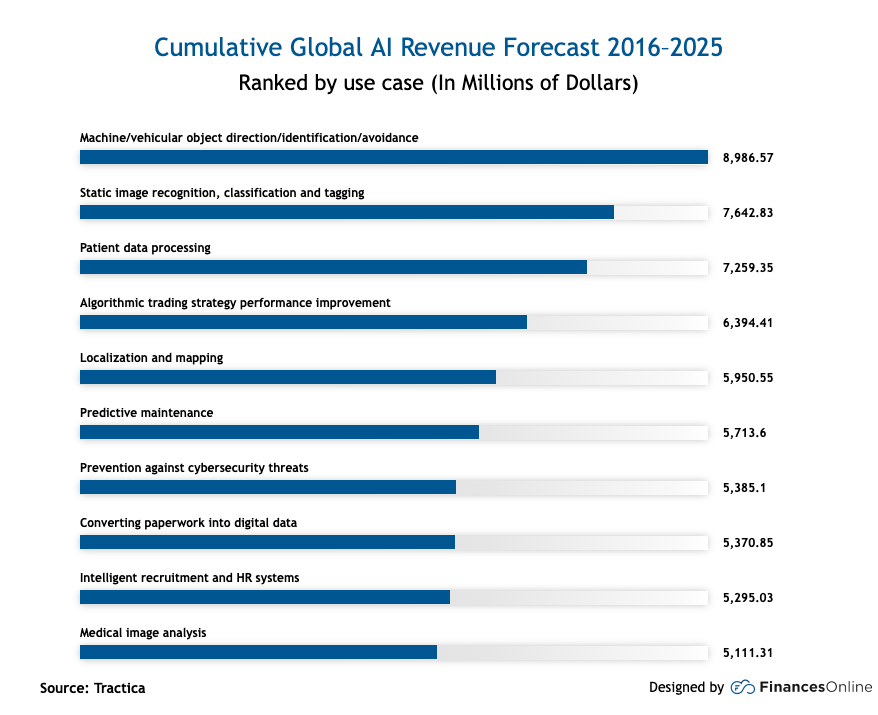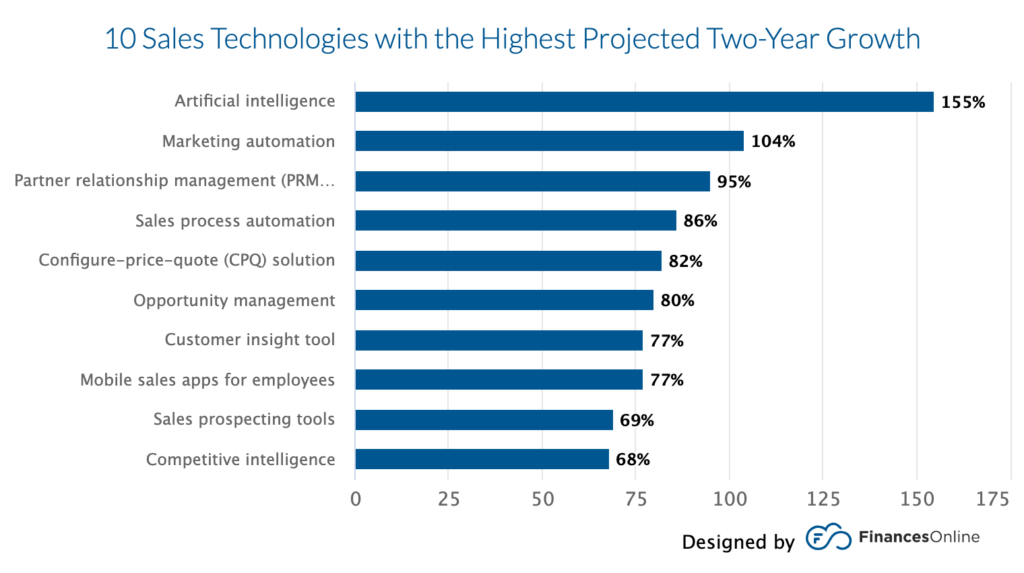Technology trends facing business in 2022 and beyond

Editor’s note: This article is part of an annual four-part series on trends impacting small and midsize businesses. In Part 2, we study technology trends for 2022.
The COVID-19 pandemic had many subplots, including the massive impact of digital transformation. The convergence of artificial intelligence, machine learning and digitization has become omnipresent in our economy.
Other 2022 trends
Part 1: Social trends facing business in 2022 and beyond
Part 3: Ecological trends facing business in 2022 and beyond
Part 4: Economic trends facing business in 2022 and beyond
Dynamic pricing
The adoption of pricing algorithms is escalating quickly. Prices are set in real time in many industries including hotels and airlines, where room rates, discounts and promotions adjust daily based on supply and demand.
For example, surge pricing serves a useful purpose. In the rideshare industry, surge pricing brings equilibrium to a market, by incenting more drivers to pick up more riders. There is also growing awareness about how dynamic pricing can go wrong. Uber faced backlash when it instituted surge pricing following a terrorist attack in London.
Root Insurance, a company selling auto insurance in 30 states, uses dynamic pricing to reduce riski. Unlike most carriers that rate customers based on their “pool,” Root customers are partially priced based on driving behavior. Facial recognition can now determine whether drivers are paying attention to the road, are under the influence or getting tired.
Companies are developing controls such as determining the appropriate cause and nature of sudden pricing shifts and creating “guardrails” — the ability for people to override pricing algorithms. Governments also understand there is a need for a regulatory framework, as evidenced by the EU’s Artificial Intelligence Act.
AI as a service
AI is becoming accessible to a broader range of providers. Cloud-based solutions such as Seamless.AI, which automates various marketing functions, are being licensed as low-cost subscriptions.
Some are dismissive of AI because they think its benefit will only be for large, multi-national technology companies. Yet, even service companies are finding common usages for AI and machine learning. USAA has increased its market share with military families from 63% in 2019 to over 75% today, in part due to the utilization of unique AI technologies that take on low-value tasks such as fraud detection and preventionii.
Hiring and retention analytics
Employers are leveraging big data and behavioral science to mine information and track performance, customer visits, response rate, cycle time and safety behaviors so they can evaluate the effectiveness of their employees.
AI engineering is among the job roles in greatest demand, as the acceptance of analytics outpaces the ability of companies to hire people who can develop AI-rich technologies.
Other uses for AI include:
- Pushing curated content to your smartphone and improving range and coverage.
- Hands-free and text-to-voice mobile technologies.
- Cutting the time it takes to complete an MRI by 50% or more. This will not only reduce costs for the patient and insurer but will also allow providers to see more patients per day. Health care robotics is one of the hottest sectors on Wall Street.
- U.S. military drones that can pinpoint which buildings to enter in combat zones and assess threats in the field.

Hyper-automation
Gartner points out three trends driving automation: improving the quality of work, speeding up business processes and embracing agile decision-making. Members are clearly embracing cloud technologies that automate office tasks that used to be manual, including marketing and customer service. Marketing automation is among the most common uses of AI in private companies.

Manufacturing companies, citing the labor shortage, are urgently trying to deploy robotics but face significant delays in installing hardware. Supply chain holdups from European countries (such as Germany) — coupled with a shortage of engineers — have put companies months behind. One of our clients, an assembler of baking equipment, has seen its backlog swell from a few months to over a year as customers have accelerated their use of automation in an effort to reduce their reliance on labor.
The cybersecurity crisis
So far in 2021, 86% of organizations have been subject to a successful cyberattack. The average cost of a data breach was $3.9 million, and the average time to contain an attack is 280 days. Malware attacks increased 358% in 2020, and 94% of attacks are delivered via email.
It’s critical that CEOs become educated on mitigating strategies and ensure their companies have a business continuity plan. Three out of four companies with a disaster recovery solution recuperate from attacks within 24 hours. For more on cyber protection, see Vistage’s expert advice for CEOs.
The digital enterprise
As Gartner points out in its Top Trends for 2022, the digital workforce has become “distributed.” Gartner predicts that companies who unleash the power of the digital enterprise will grow 25% faster than their competition. All industries need to embrace the magnitude of digital services, from touchless payments to digital dressing rooms — tools that enable automation, accuracy and speed.
Crypto revolution
In October, the first cryptocurrency exchange-traded fund (ETF) was listed on the New York Stock Exchange. The listing was viewed by many as validation for crypto, and a step to make it accessible to the masses. Ethereum is the hottest crypto, up 1,000% within the last year.
It is the underlying blockchain technologies that will gain acceptance in commercial use. Blockchain, a distributed ledger that only allows information to be added to it, will be used in everything from vaccine distribution to digital archives. Amazon and Microsoft are planning releases of blockchain as a service.
Chip shortages
Unlike most of the current supply shocks, the chip shortage was exacerbated by torrid demand that preceded the pandemic. Their use is proliferating in consumer electronics, smartphones and automobiles. Chips are also enablers for AI and machine learning.
Chips from Intel, AMD and Nvidia are in high demand in data centers. Producers will be investing billions of dollars in manufacturing facilities to meet demand. In September, chip lead times bloated to 20 weeks. Automakers are shuttering entire plants and car dealers report having 72% less inventory than in 2019.
Michael S. Dell of Dell Technologies points out that it takes three years to build a chip factory. We are 18 months into the crisis — signaling that the chip shortage will persist for some time.
Private space travel
Public and private enterprises have long used space travel as a Petri dish for research. Elon Musk, whose stated purpose for SpaceX is the colonization of Mars, is leveraging space travel as a foundation for innovation.
SpaceX has petitioned to utilize its Starlink network to interact with vehicles on earth. By controlling 1,700 satellites in low-Earth orbit (only 350 miles from the surface), the company can also lead the way in autonomous driving and navigation technology.
Commercial aviation is also in the midst of radical change. Among the upcoming SPACs (special purpose acquisition companies) will be Lilium, whose electric plane features a vertical takeoff and 150 miles of range, and will be commercially available in 2024. See George Jetson.
Here comes the metaverse
Mark Zuckerberg’s announcement that Facebook would rebrand as “Meta” was met with skepticism, given the company’s recent alleged transgressions. But the name selection itself is a sign of things to come.
In future years we will become increasingly familiar with the concept of a “metaverse”–persistent digital worlds that exist in parallel with the physical world. Inside these metaverses, we will carry out many of the functions we’re used to doing in the real world, including working, playing and socializing.
Vaccine technology and innovation
The advent of vaccines to curb COVID-19 provided an insight into innovation as an evolution. As it turns out, mRNA technologies were more than 10 years in the making. mRNA was a solution without a problem to solve until the onset of the pandemic. Vaccines represent a “shot on goal” mentality, where researchers seek many potential solutions before settling on what can make the most impact. To see the future, companies must consider alternatives that extend beyond their perceived scientific, technical, design and economic limitationsiii.
References
i The Pitfalls of Pricing Algorithms by Bertini and Koenigsberg, HBR October 2021
ii Future-Proofing Your Organization by Mankins, Garton and Schwartz, HBR, October 2021
iii What Evolution Can Teach Us About Innovation by Afeyan and Pisano, HBR, October 2021
Related Resources
Trends facing business in 2022 and beyond
Social trends facing business in 2022 and beyond
Techonological trends facing business in 2021 and beyond
23 Technologies by 2022
The 5 Biggest Technology Trends In 2022
TrendForce: 10 Tech Industry Trends for 2022
Inc.: 3 Hot Retail Tech Trends to Watch in 2022
Cult: Tech’s “Next Big Thing”: 20 Technologies and Innovations to Know About From 2022 to 2030
Category : Economic / Future Trends

